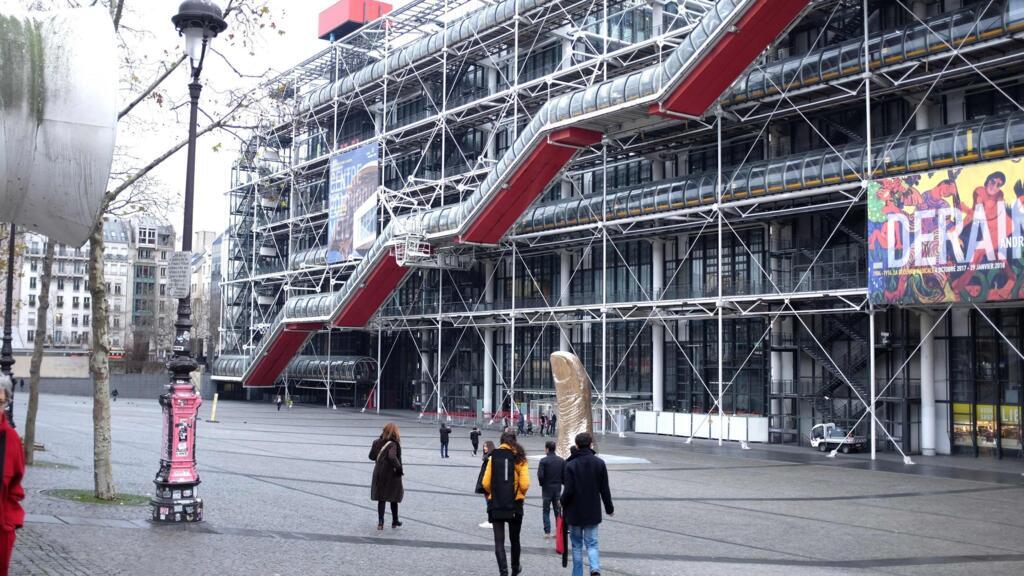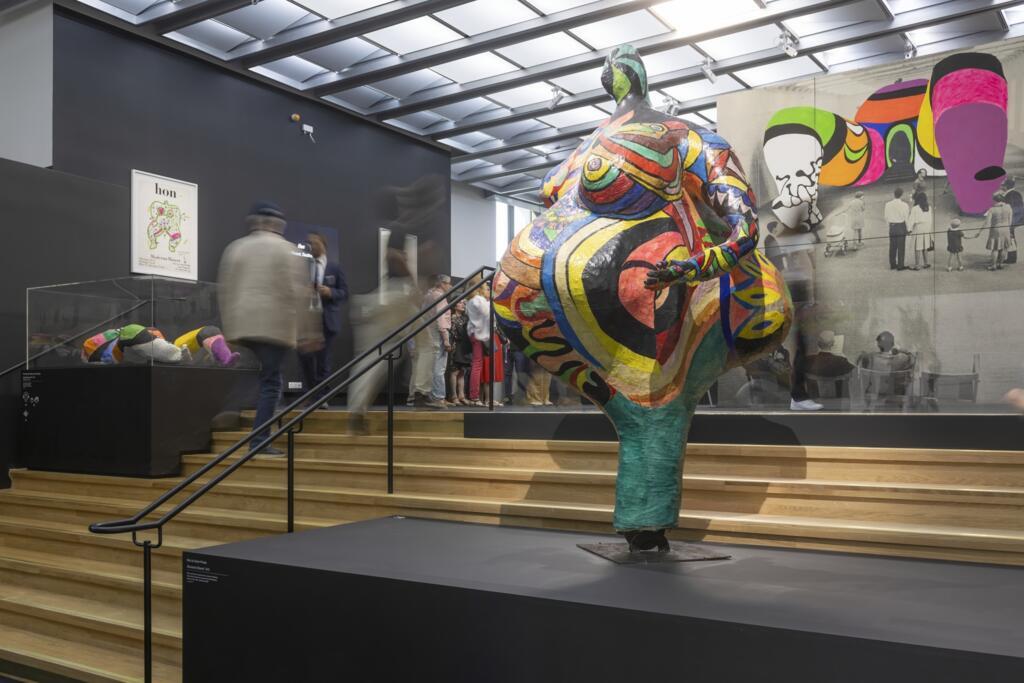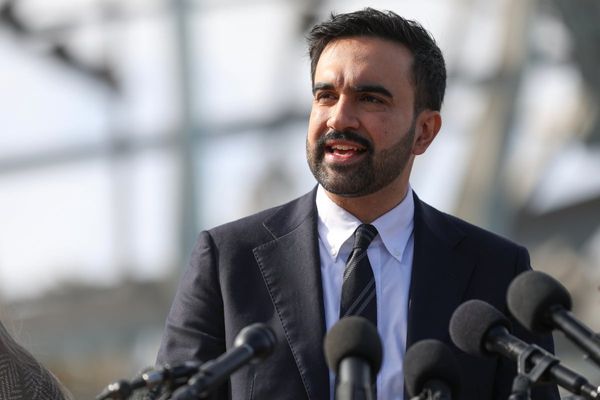
One of Paris’s most iconic landmarks – and home to Europe’s largest modern art collection – is about to draw its shutters for a five-year makeover. However, the masterpieces will continue to be exhibited across France and abroad through temporary shows and loans.
The Pompidou Centre, with its brightly coloured pipes, external escalators and unmistakably futuristic silhouette, will close its doors to the public on Monday 22 September for a €460 million overhaul that promises to reimagine the building from top to bottom.
Since opening in 1977, the Pompidou has become as famous for its radical architecture as for the treasures inside.
Conceived by Renzo Piano and Richard Rogers, the building flipped convention on its head, with structural guts and service ducts proudly displayed on the outside.
It earned a number of nicknames over the years including "Notre-Dame des Tuyaux" or "Our Lady of the Pipes", the "Gasworks" and "The Shack".
Its boldness – named in tribute to former French president Georges Pompidou, who died in office three years before the centre’s inauguration – was initially divisive.
But over the years it has cemented its place in Parisian life, drawing millions annually who come to marvel at masterpieces by the likes of Francis Bacon, Frida Kahlo, Niki de Saint Phalle and Marcel Duchamp, or simply to ride the snaking escalators for panoramic city views.
The permanent collection has already been off-limits since March, as specialists began carefully removing priceless works for safekeeping.
Temporary exhibitions have kept the spirit alive, but the final curtain will fall on Monday evening with a closing-night retrospective of German photographer Wolfgang Tillmans.
To soften the blow, the centre will stay open until 11pm, with free entry for all.
And while the building itself will fall silent for years, the Pompidou Centre has set up the "Constellations" programme, establishing key partnerships to ensure its collections remain accessible during the renovation work over the years to come.
One of those partners is the Grand Palais in Paris, which will host all of the Pompidou Centre's temporary exhibitions until 2030.
A new branch of the Pompidou Centre is set to welcome visitors at the end of 2026 in Massy, in the greater Paris region. Its aim is to attract a wide range of visitors to a new site half an hour from Paris, where there’s enough space to restore artworks and to stage exhibitions and events.
Paris reopens playful Stravinsky Fountain, back in motion after major facelift
The state of Paris’ museums
The Pompidou’s renovation comes as Paris takes a hard look at its cultural heavyweights.
Earlier this year, the Louvre’s director issued a stark warning about leaks, queues and creeping neglect at the world’s most-visited museum.

President Emmanuel Macron quickly weighed in with promises of a sweeping renovation programme there too – price tag: up to €800 million.
For the Pompidou Centre, the to-do list is equally ambitious. Asbestos removal, accessibility upgrades, tighter security and a complete interior rethink are all part of the plan.
Paris to close iconic Pompidou Centre for five-year facelift
Who’s footing the bill?
The centre’s president, Laurent Le Bon, says the changes will also tackle climate concerns, with new waterproofing and insulation expected to slash energy bills by 40 percent.
“We’re keeping the exterior framework, but from the basement to the top floor, we’re changing everything,” he told reporters, hinting at a panoramic terrace on the seventh floor with knockout views across Paris. “We hope that visitors will feel a bit of the same shock as when the Centre opened in 1977.”
The French state is covering the lion’s share, with €280 million pledged.
A further €100 million has already been secured from other sources, including a sizeable €50 million contribution from Saudi Arabia, leaving around €80 million still to raise over the next five years.
If all goes to plan, the Pompidou Centre will reopen in 2030 – refreshed, revitalised and ready to wow a new generation.







